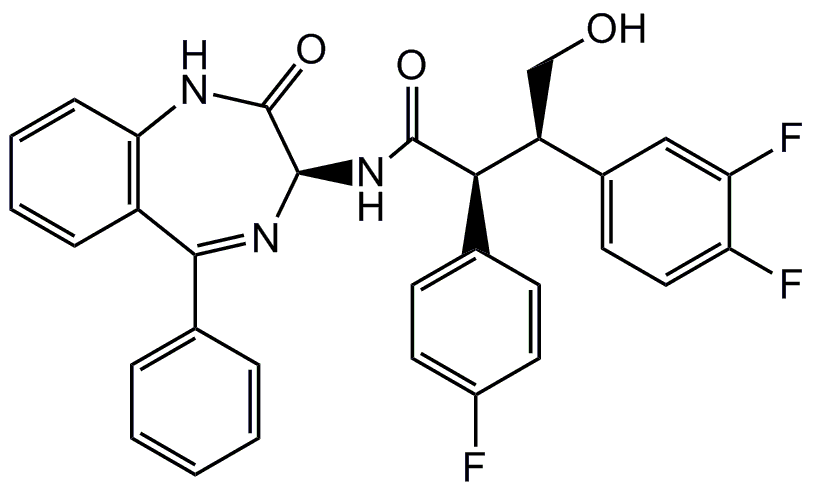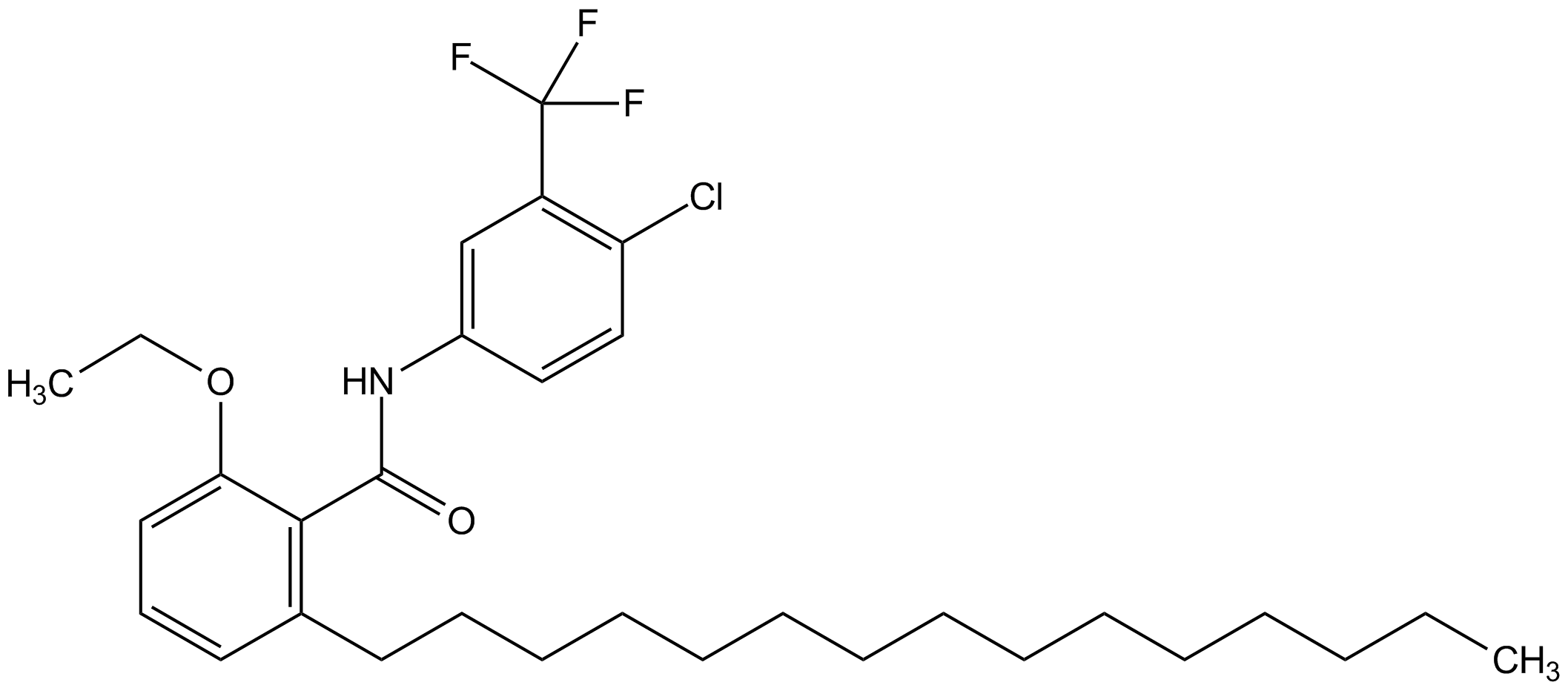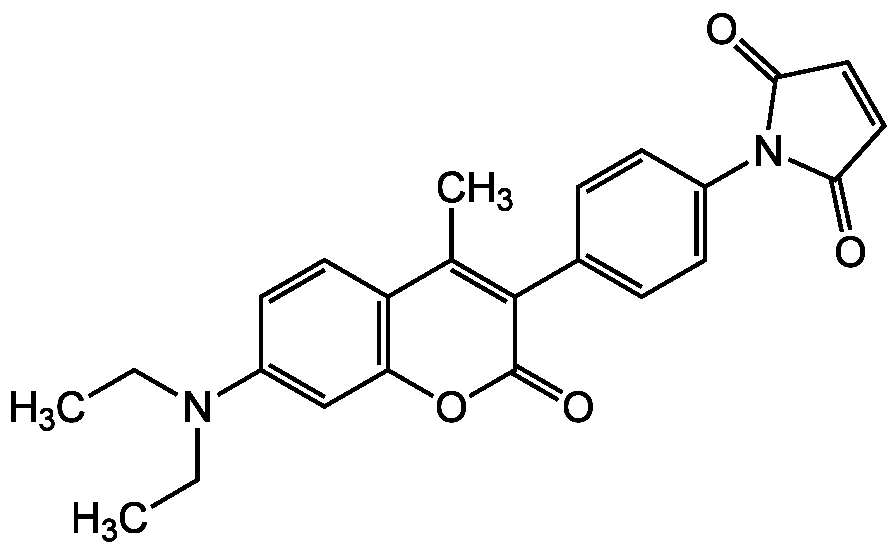
Chemical Structure
Compound 112254 . hydrochloride (water soluble)
AG-CR1-0157
CAS Number949745-75-9
Product group Chemicals
Estimated Purity>98%
Molecular Weight437.6 . 36.5 . 18.0
Overview
- SupplierAdipoGen Life Sciences
- Product NameCompound 112254 . hydrochloride (water soluble)
- Delivery Days Customer10
- CAS Number949745-75-9
- CertificationResearch Use Only
- Estimated Purity>98%
- Molecular FormulaC26H35N3O3 . HCl . H2O
- Molecular Weight437.6 . 36.5 . 18.0
- Scientific DescriptionAdiponectin receptor (AdipoR) agonist. Binds to AdipoR1 and AdipoR2 less potent than AdipoRon (Prod. No. AG-CR1-0154) http://www.adipogen.com/ag-cr1-0154/adiporon.html [1, 2]. Activates 5-adenosine monophosphate-activated protein kinase (AMPK) in cultured mammalian cells [1]. Improves diabetes, glucose and lipid metabolism and insulin sensitivity in cultured cells and in mice by AdipoR-dependent mechanisms [1]. - Chemical. CAS: 949745-75-9 (free base). Formula: C26H35N3O3 . HCl . H2O. MW: 437.6 . 36.5 . 18.0. Adiponectin receptor (AdipoR) agonist. Binds to AdipoR1 and AdipoR2 less potent than AdipoRon (Prod. No. AG-CR1-0154) http://www.adipogen.com/ag-cr1-0154/adiporon.html . Activates 5-adenosine monophosphate-activated protein kinase (AMPK) in cultured mammalian cells. Improves diabetes, glucose and lipid metabolism and insulin sensitivity in cultured cells and in mice by AdipoR-dependent mechanisms.
- SMILES[Cl-].COC1=CC=C(C[NH+]2CCN(CC2)C(=O)CCNC(=O)C2=CC=C(C=C2)C(C)(C)C)C=C1
- Storage Instruction-20°C,2°C to 8°C
- UNSPSC12352200






![AdipoR agonist 1 [949745-75-9]](https://www.targetmol.com/group3/M00/3F/07/CgoaEWbRpuWED-3IAAAAAOZvZWA541.png)